11 min read
The Role of IT in Enhancing Public Safety Communications Systems
In today’s rapidly evolving technological landscape, public safety agencies rely on robust communication systems to protect communities and respond...
Our team offers a variety of services to support your IT operations and growth.
Leverage our expertise to optimize your IT environment and work towards compliance goals.
Our team is comprised of industry experts with a deep history in working with the public sector.
Please let us know how we may assist you.
4 min read
Kyra Mindlin : Jan 27, 2025 2:45:55 PM
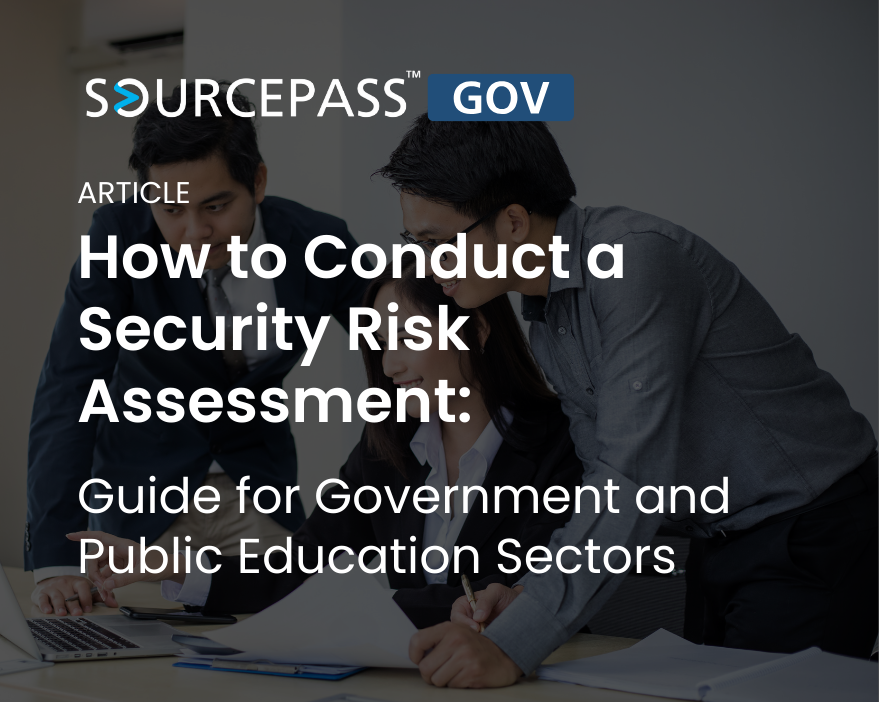
In the public sector, safeguarding your most sensitive data is a top priority.
Whether it’s personal information of citizens, private student records, or internal research data, protecting your most crucial and private information from cyber threats is key to long-term public safety and trust.
The most effective way to identify and mitigate security risks is through a comprehensive Security Risk Assessment (SRA).
A Security Risk Assessment is the process of evaluating your organization's assets, identifying potential threats, assessing vulnerabilities, and determining the risks associated with these vulnerabilities.
Let's take a look at the key steps in conducting a security risk assessment, with some expert guidance from our team at Sourcepass GOV.
The first step your organization should take is to define the objectives of your evaluation as well as the scope.
This task is crucial, as it ensures your assessment aligns with the needs of your organization. With the variety of data and systems involved, your scope could end up being quite broad.
Some key considerations:
The next step is to identify potential threats that could compromise your organization's security.
Security threats are defined as any event or action that can cause harm to your systems, data, or personnel.
Common threats for the public sector include:

Vulnerabilities are weaknesses an IT infrastructure that make an organization potentially open to a cyberattack.
Identifying vulnerabilities in your security risk assessment allows you to pinpoint key areas that need improved security.
Common vulnerabilities with the public sector include:
Once threats and vulnerabilities have been identified, the next step is to evaluate the potential risks they pose.
This involves considering both the impact (severity of consequences) and the likelihood (probability of the threat).
For example:
Assessing both the impact and likelihood helps prioritize the risks so that your organization can allocate resources effectively to mitigate the most critical ones.
Step 5: Develop a Risk Mitigation Plan
After evaluating the risks, the next step is to develop a risk mitigation plan.
The goal of this plan is to reduce the likelihood and impact of identified risks as much as possible. Your specific mitigation strategy should be tailored to the threats and vulnerabilities uncovered in your previous assessment steps.
Possible mitigation action items include:
.png?width=1800&height=1000&name=Sourcepass_Pattern3%20(2).png)
Achieving optimal security is a long-term, ongoing process. Once your security risk assessment is complete and your mitigation plans are in place, it’s still crucial to continuously and indefinitely monitor systems for potential threats.
Continuous security tasks can include:
Finally, documenting the findings of the security risk assessment is crucial for transparency and accountability.
Public sector organizations often need to report on security risks and mitigation strategies to regulatory bodies, stakeholders, or even the general public.
Security Risk Assessments are an essential part of maintaining robust cybersecurity that meets the standards of public sector organizations.
By identifying potential threats, assessing vulnerabilities, evaluating risks, and implementing mitigation strategies, your organization can better protect sensitive information and ensure the safety of your systems.
By taking a proactive approach to risk management, public sector organizations like local governments, schools, and first responders can remain resilient and proactive against cyber threats.
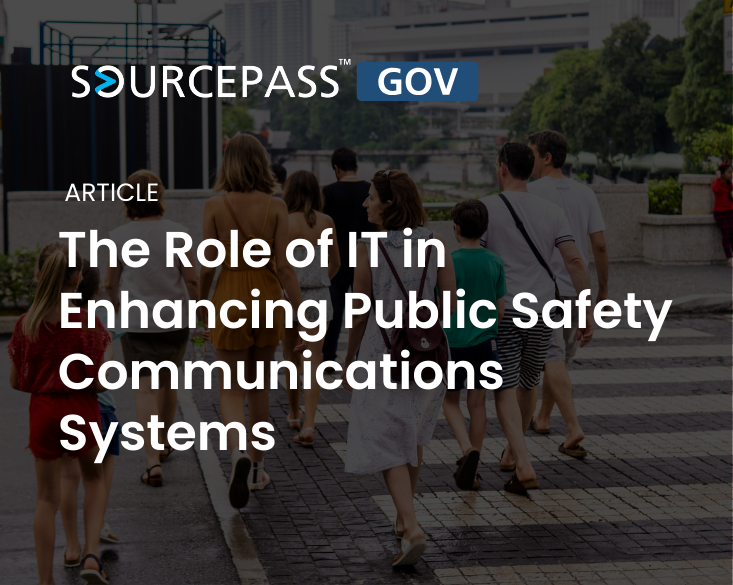
11 min read
In today’s rapidly evolving technological landscape, public safety agencies rely on robust communication systems to protect communities and respond...
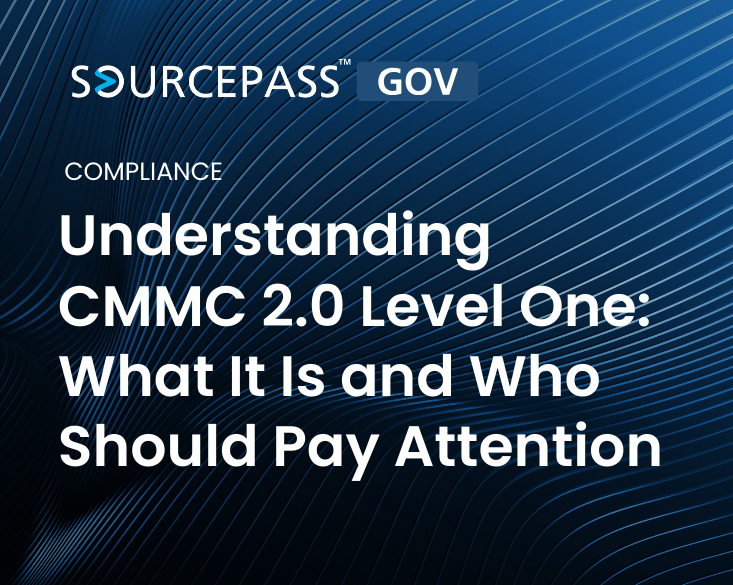
6 min read
In November 2021, the Department of Defense (DoD) announced the transition from CMMC 1.0 to CMMC 2.0, streamlining the certification process and...
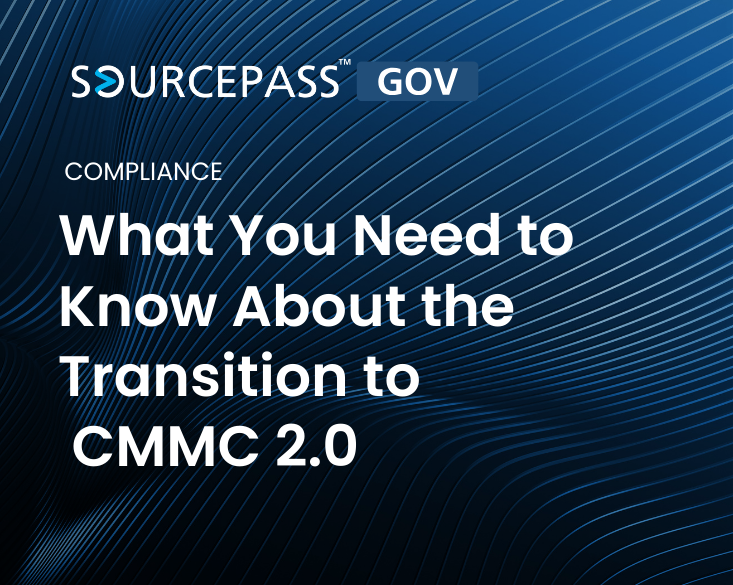
3 min read
The Cybersecurity Maturity Model Certification (CMMC) 1.0 was a groundbreaking initiative introduced by the U.S. Department of Defense (DoD) to...
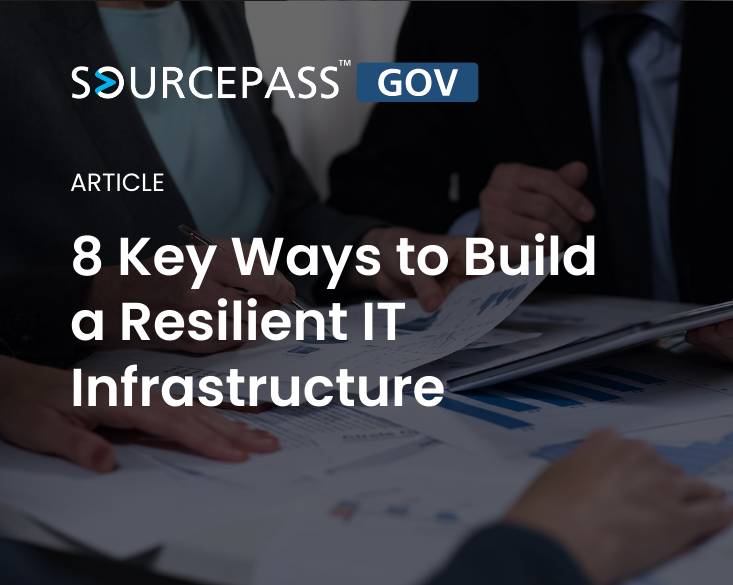
In 2025, a resilient IT infrastructure is no longer optional for public sector services.
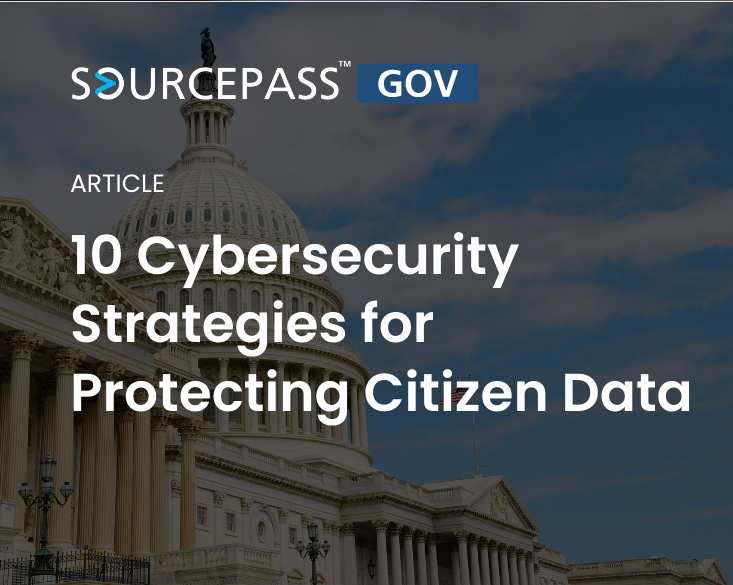
In an era where data is a critical asset, safeguarding citizen information is paramount for public sector organizations.
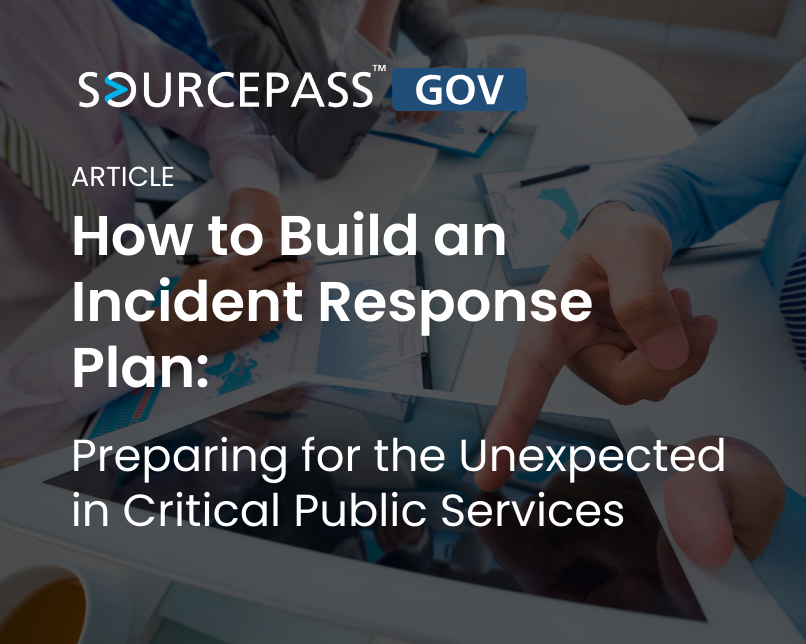
In the evolving digital landscape of public service, local organizations are increasingly exposed to a variety of risks—from cyberattacks to...